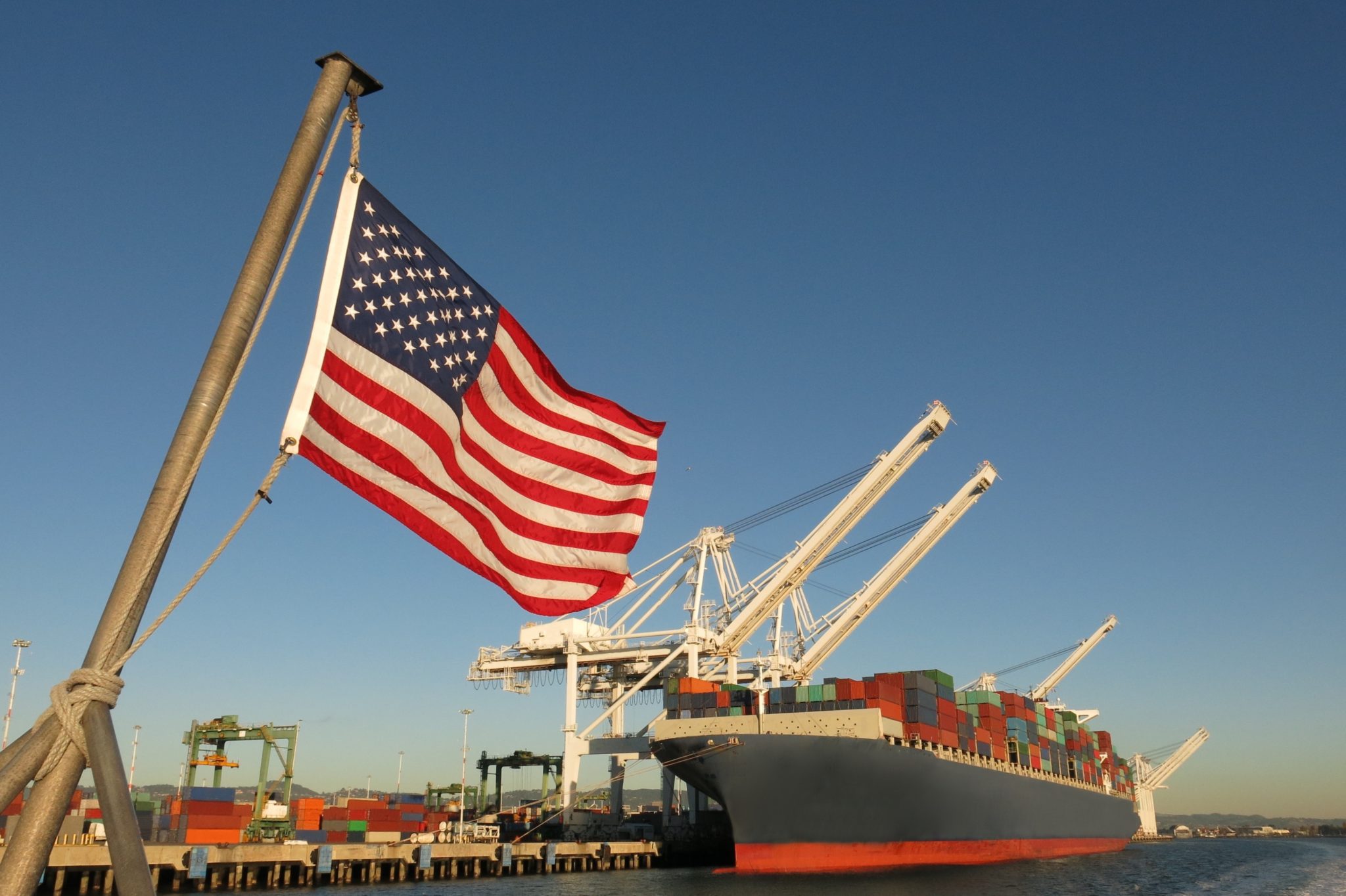Building (Back) A Better Supply Chain

As an executive deeply involved in helping address our nation’s supply chain problems, it’s been encouraging to see the initiatives being taken by the White House to improve the most critical supply chain issues impacting industry and consumers.
In November, the Biden Administration announced key steps to increase investment in U.S. infrastructure. Overall, the administration’s deal earmarks $17 billion to strengthen supply chain agility and resiliency by improving infrastructure at coastal ports, inland ports, and waterways, and land-based border ports of entry as well as implementing much-needed advancements in data sharing and data standards for goods movement. Some of the immediate steps allow for the following:
- more flexibility in port grants;
- more money for the Port of Savannah to move containers inland and free up valuable dock space;
- spending $40 million in grant funding to launch new programs for the modernization of ports and marine highways; and
- a $4 billion funding proposal to repair outdated infrastructure and construction work for the U.S. Army Corps of Engineers to deepen harbors for larger cargo shipping traffic.
Responsive and Resilient
These proposed investments are about making our supply chains less fragile, and more responsive and resilient — at the ready for sudden changes that can happen due to pandemics, weather disasters, and related “unanticipated events,” such as the stuck container ship in the Suez Canal last summer.
Resiliency in supply chain refers to a healthier supply chain’s self-healing capacity or the ability to minimize or even avoid the impact from a disruption. That’s important for organizations to be able to respond when necessary and recover rapidly.
To ensure that the investments made by the government result in the best possible outcomes, organizations will need to shift how they view and communicate their material and supply needs with partners. There is a clear need for more technology investment, stronger communications, and a willingness for the government and the private sector to work together on forward-thinking solutions that provide better transparency, collaboration, intelligence, and decision support.
Investment in ML / AI
Supply chain management was traditionally supported by enterprise resource planning (ERP) software. But technology investments beyond foundational ERP to support cross-functional and multi-enterprise planning, collaboration and execution are lagging in the B2B arena.
Advanced and focused application of Machine Learning (ML) and Artificial Intelligence (AI) can help strengthen the agility, resiliency, and sustainability of supply chains. Companies gain insights and competitive advantage upon integrating ML and AI into the supply chain stack. They can also boost efforts in understanding customer demand, supply needs, and variability, or even plant scheduling and capacity optimization.
Already, tech startups are furthering this with decision support and the ability to craft scenarios, predict long-term impact, and enable real-time optimization and orchestration. Having the government invest in these efforts through collaboration with private enterprises and innovative startups would help further much-needed advancements.
Stronger Collaboration Investment
Another key area of investment focus for the government must be in strengthening collaborative networks and trade communication. Transparency is critical to building better commerce and value networks. This means focusing on better data collection, data sharing, along with meaningful cooperation and coordination to the benefit of all parties.
Supply chain operating networks (SCONs), and multi-enterprise business networks (MEBNs) exist today, but generally, these operate in isolation. They do not integrate in meaningful ways, in other words — there is no true ‘network of networks.’ Making this a priority will alleviate painful delays and accelerate much-needed real-time communications.
Partnership with Private Industry
The Administration’s supply chain task force must also show a willingness to come up with creative solutions to enable work with private industry leaders, public/private partnerships, and investments.
The benefits are numerous: key among these would be adding valuable data and insights to support the development of an international standard for supply chain similar to ISO for manufacturing organizations to maintain quality standards. This can also help to evolve shifting data and technology pieces to meet AI/ML standards.
Working with private industry partners will also shine a light on the benefits of linked networks. Using AI-centered systems, like Verusen’s AI and machine learning platform, will help organizations use real-time automation to gather top-quality data sources. These data sources can then be shared internally and externally across departments and teams.
A successful private-public partnership might include the government leveraging their own spending, such as through the Department of Defense purchasing and logistics to test, improve, and innovate all areas of supply chain. If we are to solve America’s supply chain issues and build them better, then the government needs to commit to delivering sustained and continuous value. With all parties committed to moving ahead, and with the government’s support and investment, the promise of a more agile supply chain, and a resilient, and sustainable supply chain can be realized…sooner than later.
Follow me on Twitter or LinkedIn.
Paul Noble, Founder & CEO
